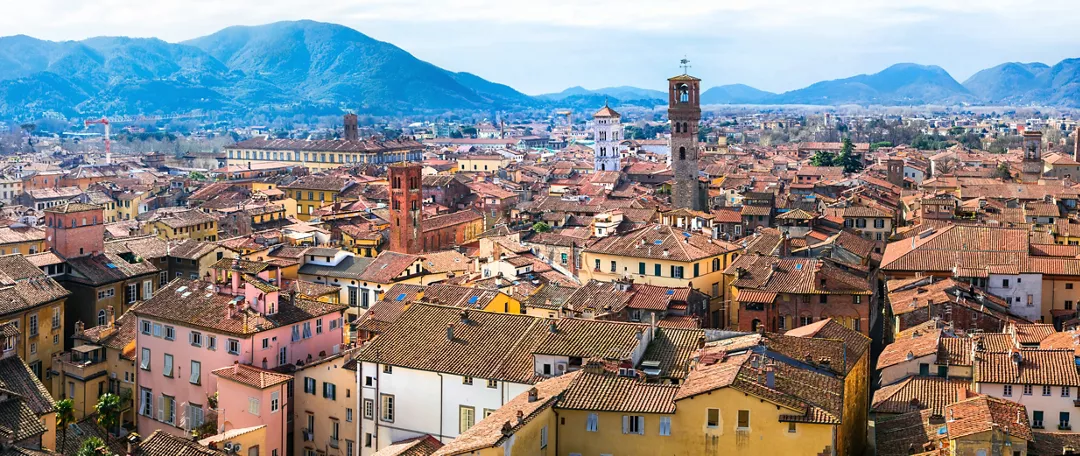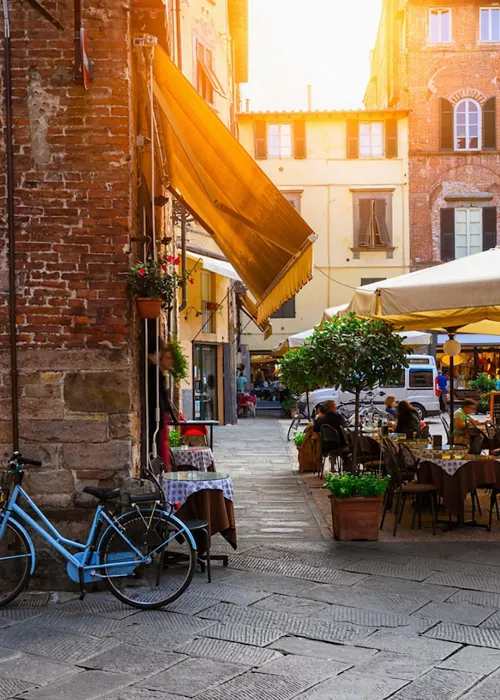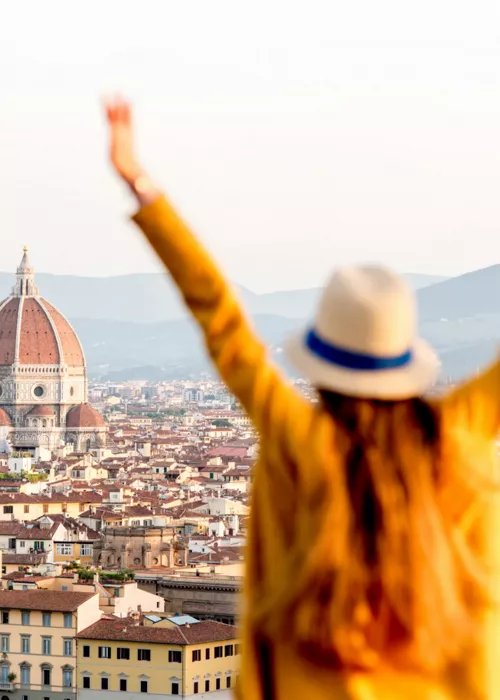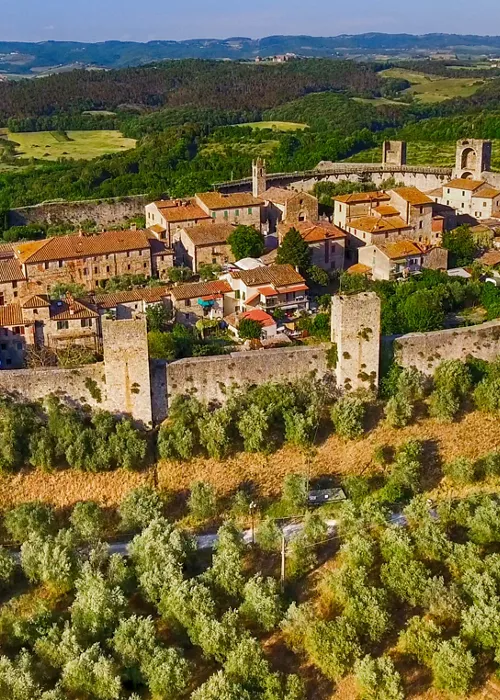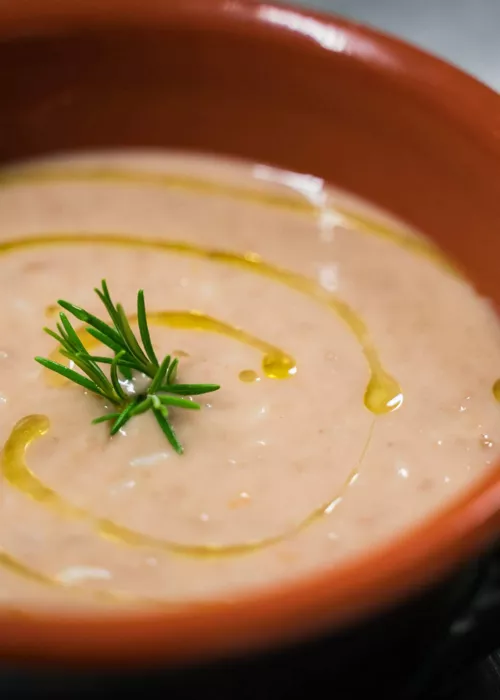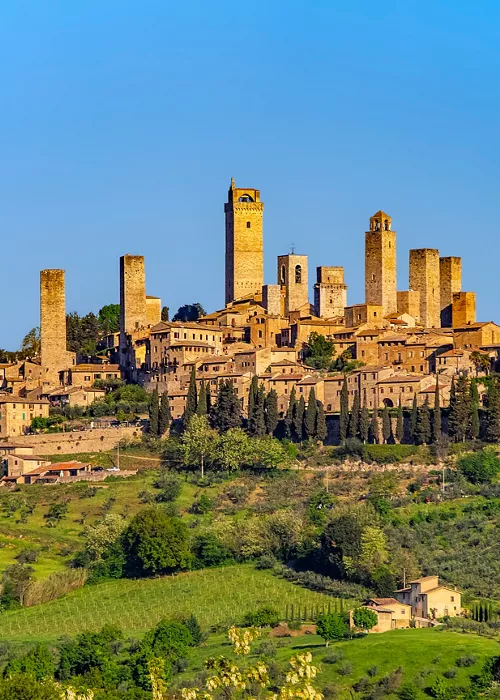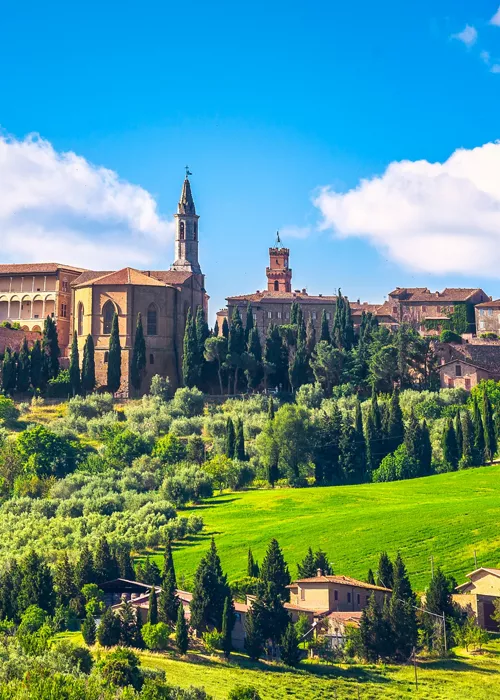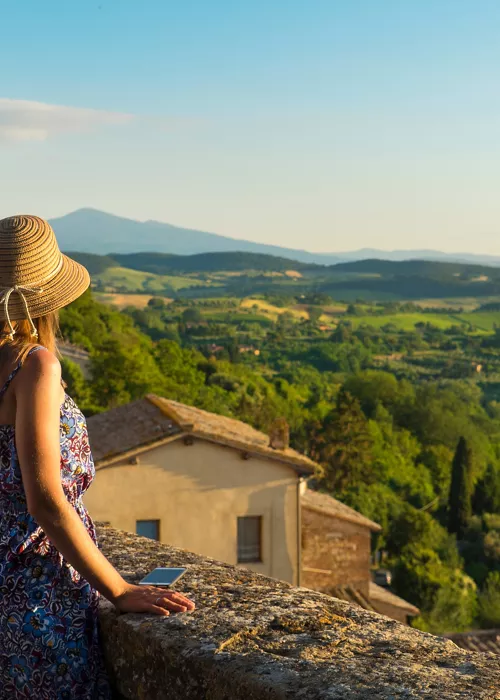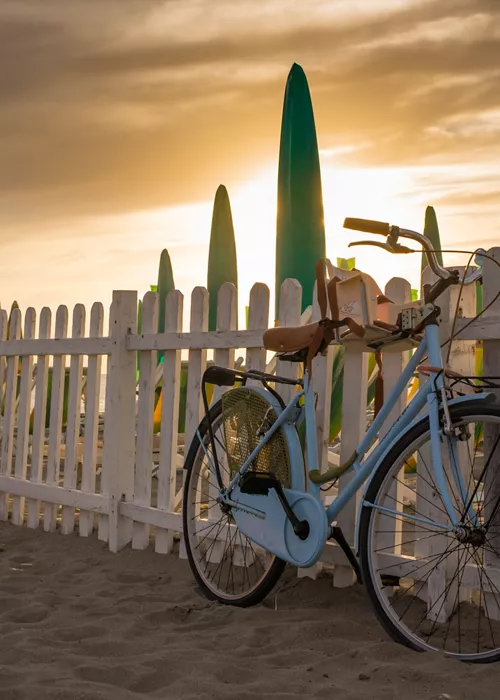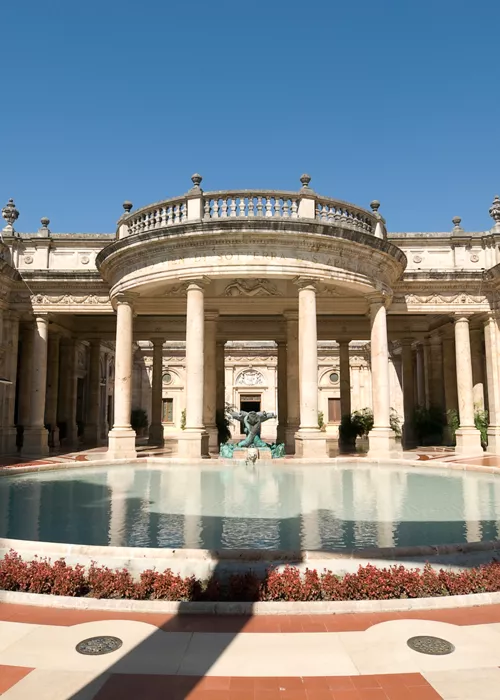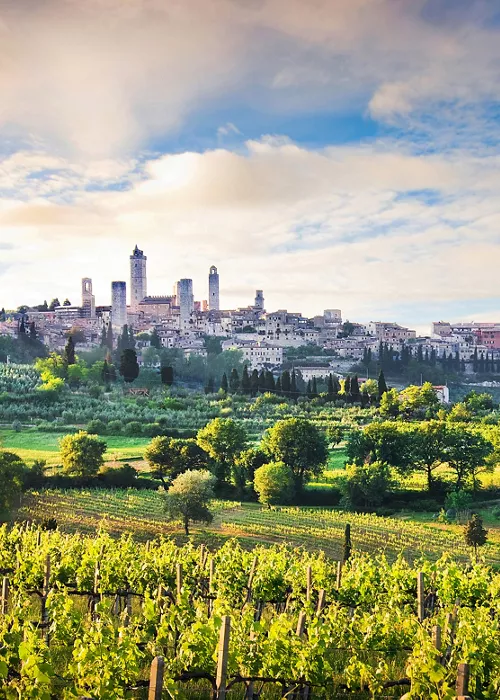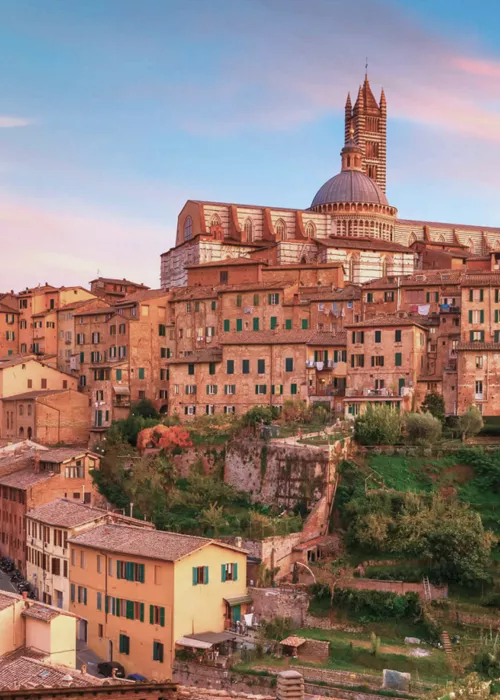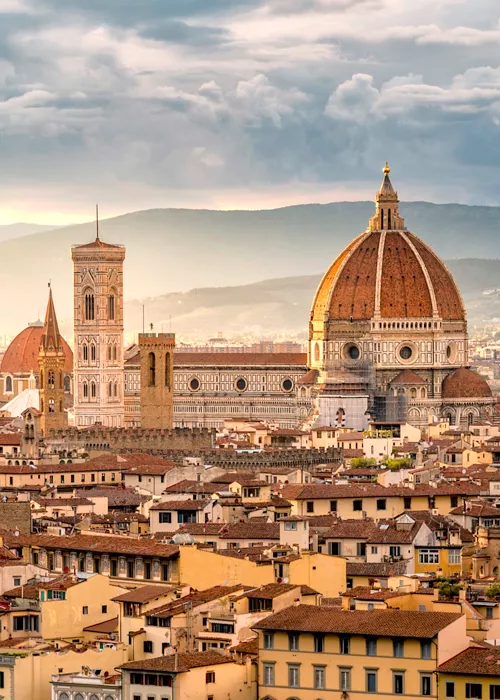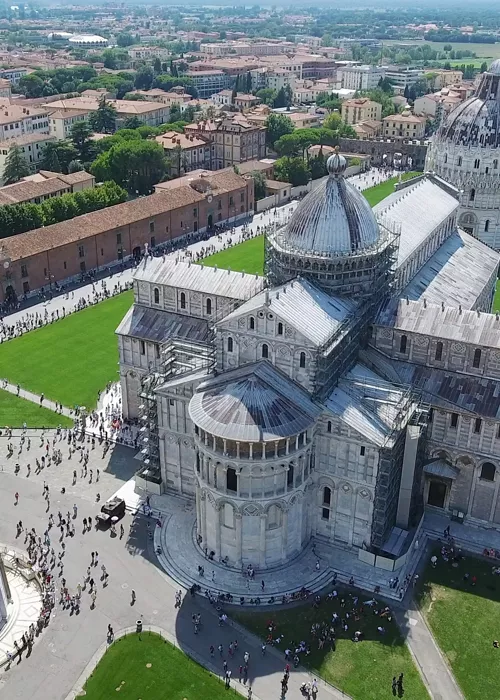Lucca and the embrace of its mighty walls
4 minutes
In its historic centre, important mediaeval churches, the imposing Renaissance walls that encircle it, and which are a kind of long elevated garden, the 18th-century patrician palaces and the large 19th-century squares, avenues and alleyways full of beautiful shops and places where the pace of life is always relaxed, coexist in total harmony.
St Martin's Cathedral
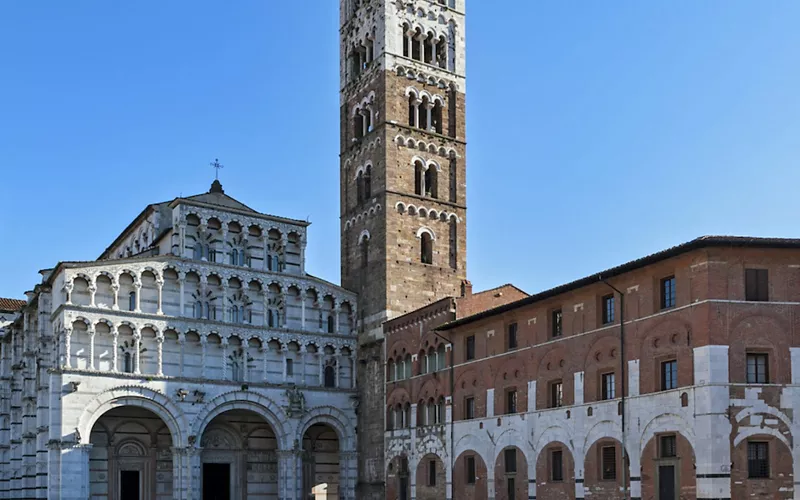
The focal point of the city is the square of St Martin's Cathedral. Its asymmetrical façade chronicles the complex construction phases of the monument, which was adapted from the existing bell tower.
It houses one of the masterpieces of mediaeval sculpture, the Ilaria Del Carretto Funeral Monument (1406) by the Sienese artist Jacopo della Quercia. The marble sarcophagus portrays a young woman lying on a catafalque watched over by a small dog, a symbol of marital fidelity. Among the paintings, the Madonna in trono by Domenico Ghirlandaio from 1479 is also worth noting. The cathedral organ was played in the mid 19th century by Michele Puccini, father of the most illustrious Lucchese inhabitant, the composer Giacomo Puccini.
Puccini's birthplace
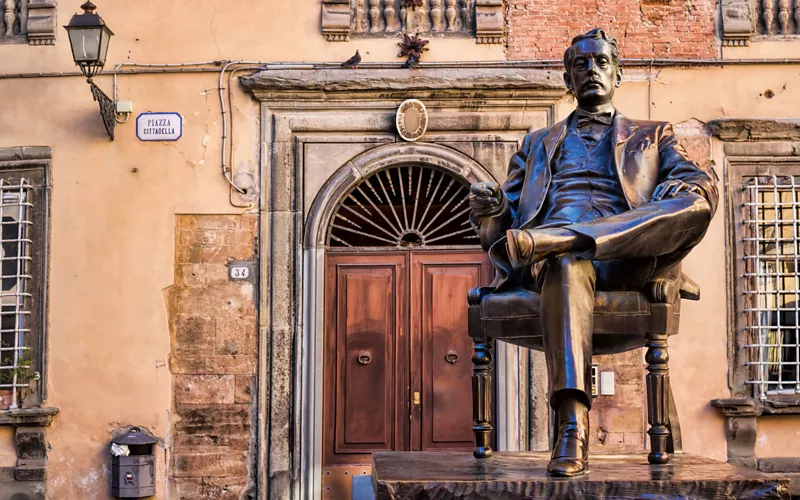
Giacomo Puccini was born in an apartment in the historic centre of Lucca, in Piazza della Cittadella, which is now a museum dedicated to the musician. The house, which belonged to a wealthy family in the 19th century, retains some of the original furnishings and various relics of the great musician, including a Steinway & Sons piano, purchased in 1901 and used by Puccini to compose his last opera, Turandot. We know that the apartment was particularly dear to Puccini: although he had lived in his villa in Torre del Lago for some time, he wanted to buy it back after the family had sold it.
The palace-museum of silk from Lucca
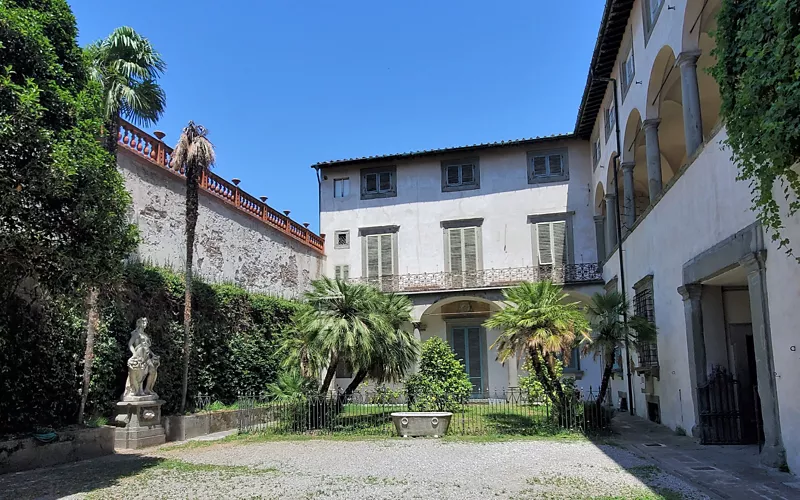
Lucca owes part of its prosperity to the silk trade, of which the city has been an important manufacturing centre since the Middle Ages. The Via del Fosso was nothing more than a row of workshops that harnessed the energy of the water flowing through it to power the looms.
To get to know the Lucca of the silk merchants, visitors can explore the museum of Palazzo Mansi, an aristocratic residence that preserves important 18th-century furnishings on the main floor, such as the sumptuous alcove of the bride and groom, draped in precious silk embroidered in Lucca, as well as a collection of clothing and accessories, including two precious gowns with cloaks from the Napoleonic court in Lucca.
In the rooms where the palace kitchens were located is the Maria Niemack Weaving Workshop, which showcases 19th and 20th century looms and tools. The museum in Palazzo Mansi also houses an important art gallery with a hundred or so works by the great masters of Italian painting, from Tintoretto to Beccafumi and Pontormo, together with 19th and 20th century artists from Lucca.
Lucca's treasures
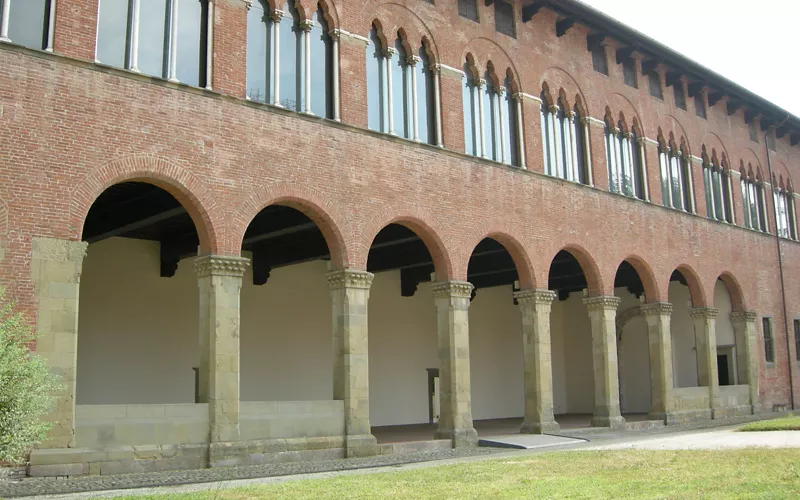
The national museum of Villa Guinigi contains a collection of works of art that narrate the history of the city of Lucca, its prosperous families and its surrounding area. The Villa was the country residence of Paolo Guinigi, lord of Lucca from 1400 to 1430, who commissioned it outside the ancient 13th-century walls, with a loggia portico, inspired by the patrician villas of the Veneto region. Its collections range from Etruscan artefacts from the 8th century BC, discovered during archaeological excavations in Lucca, to mediaeval statues from abandoned churches and convents, to works from the Neoclassical period in various public and private collections.
A tour of the 16th century garden walls
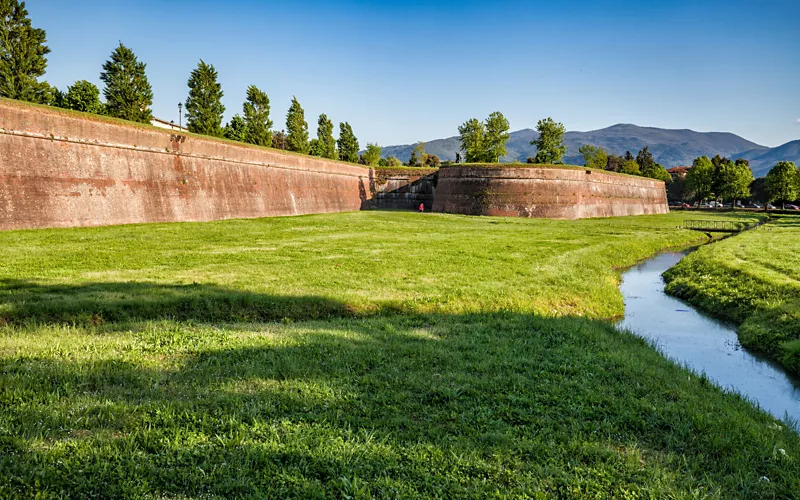
To simply call them walls would be an understatement, because they are also gardens and raised avenues for walking and cycling; they are one of Tuscany's most important monuments, an element of identity and symbol of the city, standing there to protect it for more than 500 years.
Built between 1513 and 1645, the walls are 4 kilometres long, 12 metres high and 30 metres wide. They are cyclopean in size, yet appear inconspicuous, an integral part of the urban fabric, an ante-litteram bypass for the exclusive use of people, an invitation to stroll under lime trees, horse chestnuts, beeches, oaks and magnolias. They can be visited like an open-air museum of modern-day defensive architecture, with their mighty bastions, gunner's quarters and the charm of fine monumental gates. Near Porta Elisa, the wall garden borders the Botanical Garden, created in 1819 at the behest of Maria Luisa of Bourbon.
The Piazza dell’Anfiteatro
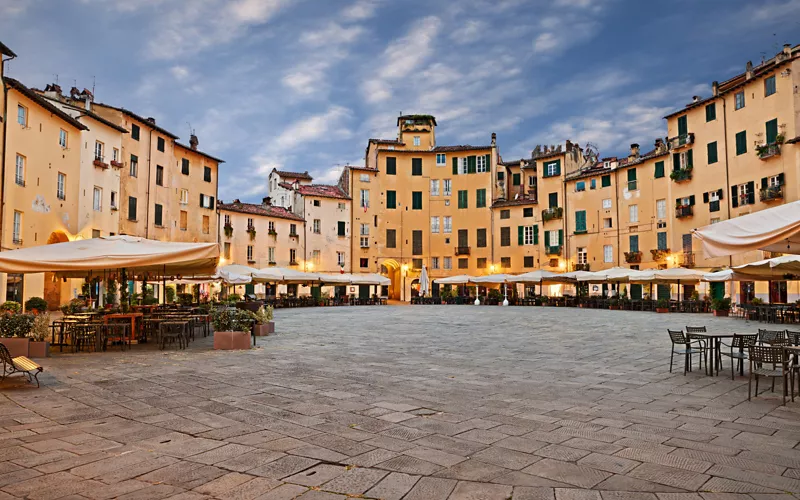
Lucca's Piazza dell'Anfiteatro is a quintessential Italian square, and one of the most photographed in the world. With an elliptical shape, its layout was traced on the plan of the Roman amphitheatre from the second century AD by architect Lorenzo Nottolini. With no major access roads, the entrance to the square from four gates provides a surprise effect to those who enter for the first time. Today it is one of the most popular meeting places for the people of Lucca.

